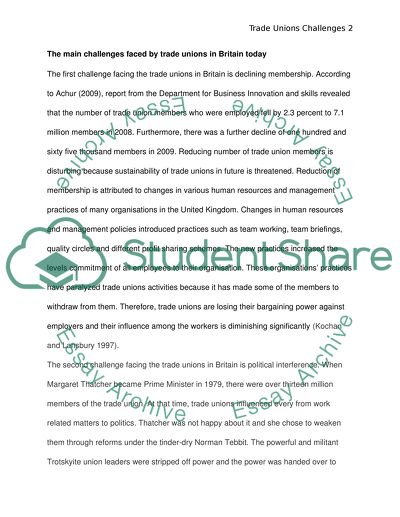Cite this document
(“Describe and critically assess the main challenges faced by trade Essay”, n.d.)
Retrieved from https://studentshare.org/social-science/1414814-describe-and-critically-assess-the-main-challenges-faced-by-trade-unions-in-britain-today
Retrieved from https://studentshare.org/social-science/1414814-describe-and-critically-assess-the-main-challenges-faced-by-trade-unions-in-britain-today
(Describe and Critically Assess the Main Challenges Faced by Trade Essay)
https://studentshare.org/social-science/1414814-describe-and-critically-assess-the-main-challenges-faced-by-trade-unions-in-britain-today.
https://studentshare.org/social-science/1414814-describe-and-critically-assess-the-main-challenges-faced-by-trade-unions-in-britain-today.
“Describe and Critically Assess the Main Challenges Faced by Trade Essay”, n.d. https://studentshare.org/social-science/1414814-describe-and-critically-assess-the-main-challenges-faced-by-trade-unions-in-britain-today.


